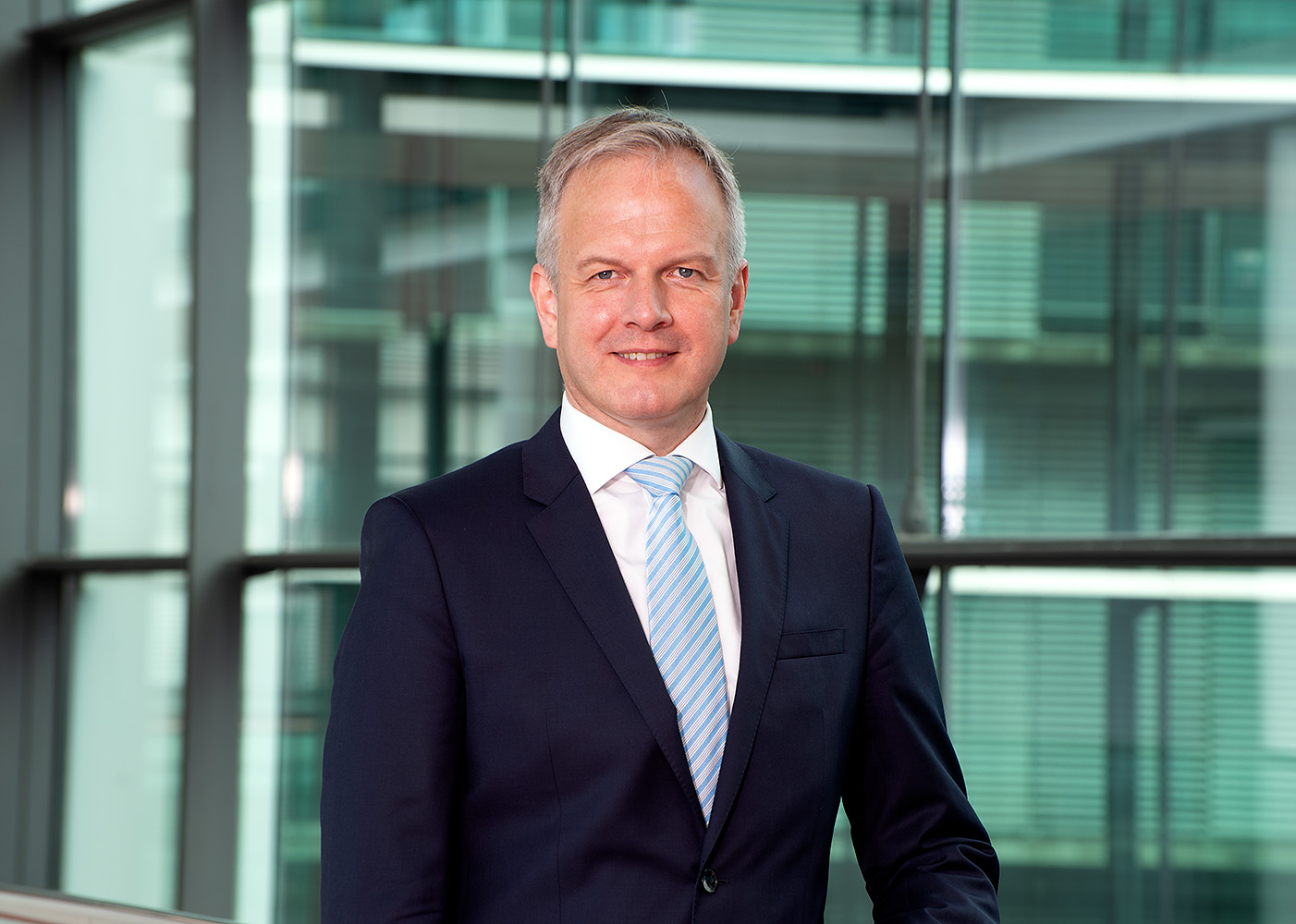Roma, 4 March 2024
Interview with... Friedrich-Wilhelm Menge
CTO DFS Deutsche Flugsicherung GmbH (Service Provider tedesco)
[Cleared n°2 - anno XXI - January 2024]

New service delivery models, improved AI based technology, Advance Air Mobility, how is innovation influencing the future strategies for ANSPs and how is DFS addressing the new challenges?
The rapid pace of technological development places high demands on the strategies of European ANSPs. This is the same for ENAV and DFS. For example, companies in the AAM sector want to produce thousands of aircraft per year by the end of this decade. By then they will be able to take passengers to their destinations without a pilot on board. Many quantum leaps will be required to realize this vision.
At DFS, we are focusing on the so-called Future Delivery Model. It is based on the use of modern technologies. These include cloud technologies and service-orientated architectures. What initially sounds technical will allow us to incorporate changes into the systems with significantly less effort and greater speed, thereby enabling automation and digitalization at a much higher frequency.
At the same time, the location where the technology is used will be decoupled from the data centers. This means that center and tower technologies can be concentrated in a completely different way than before. It also makes operation less complex and more secure. However, there are also new potential weak points, such as the networks. Clever concepts must create suitable redundancies and fail-safety here.
These technologies are also fundamental to the expansion of remote tower technologies. ENAV is pursuing an impressive concept here, in which there are many similarities to our Future Delivery Model.
DFS has a tradition of a relevant in-house development of software solutions for ATM. What are the opportunities of a “make&sell to many” respect to a “buy together” strategy for ATM software?
It is true that we at DFS have always relied on our ability to improve our systems and processes using our own development skills. The specifics of German airspace sometimes demand skills from us that are unnecessary in other places. The significantly different user profiles of our customers after corona and due to the war in Ukraine have required us to adapt quickly and support a significant increase in flight numbers in some cases.
We are constantly looking for the right mix of in-house development and purchased capabilities to suit our needs. With the MAKAN project together with UAC Maastricht, we are also taking the path of sharing services and systems in upper airspace. E.g. since 2023 we have been using a flow management tool in Karlsruhe that was developed and is also operated in Maastricht.
We therefore see our software development team as an asset and are using it to drive digitalization forward faster than we think is possible with pure "buy together" scenarios. At the same time, the "buy together" partnerships help us greatly to optimize our cost structures. They also have the positive effect that several players rely on the same technologies, resulting in a de facto standardization of solutions.
I personally believe that the use of modern service-orientated technologies in the ATM sector still has a lot of potential. Such modular approaches fit very well with "buy together" strategies and unfold their full potential in scenarios in which the solutions of different providers and, if necessary, our own solutions can be combined with each other. This is precisely the aim of the Future Delivery Model.
What do you expect from SESAR in general and from the current Masterplan Update Campaign for the European ANSPs?
The idea of the SES has been around for a long time and is still relevant. I would like to see us get closer to the big goal more quickly and implement the good ideas of, for example, ENAV and DFS more quickly.
SESAR is now 20 years old. I think that 20 years ago, people expected implementation to be very advanced by 2024. In fact, we still have a lot of homework to do on the part of all players.
I have the honor of representing the interests of the ANSPs on the Steering Committee of the current Masterplan Update Campaign. There I am campaigning for three key objectives. Firstly, digitalization requires data exchange: the air-ground interface must allow significantly higher broadband data traffic in the near future. It is unacceptable that passengers can stream movies, but the pilot and air traffic controllers communicate via analogue voice communication and virtually by text message. That has to change.
The second major goal is to shift the entire ATM technology to cloud-based technologies and service-orientated architectures. This goes hand in hand with completely decoupled human-machine interfaces. This is what makes comprehensive digitalization possible in the first place. Future SESAR projects should build on this.
The third point is aimed at "supportive regulation". At its core, this is not a SESAR issue. However, it is an important enabler for technological progress. I am not against technical regulation, but it must keep pace with technological developments. For example, key elements in Reg.2017/373 is based on the notion that "systems consist of hardware and software". That's not how cloud technology works. Regulation should rather refer to principles of reliability and availability, as with electricity. The classic "system concept" is no longer applicable here and can therefore no longer be a benchmark for regulating rules and regulations.


